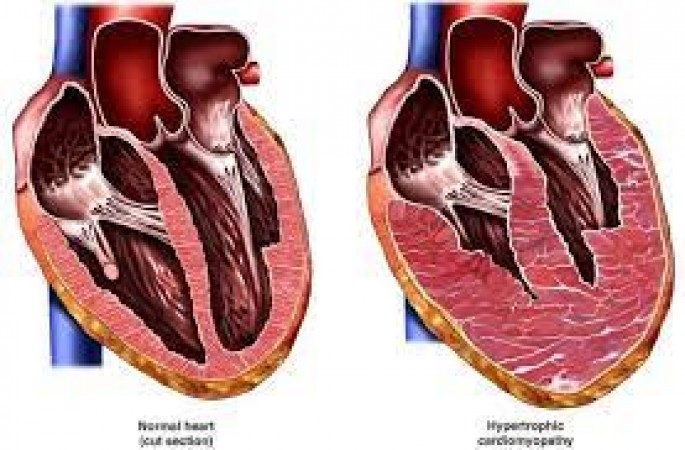
In the realm of cardiovascular health, there exists a subset of conditions that are far from the ordinary. These are the rare cardiovascular diseases that pose unique challenges to both patients and medical practitioners. Among them, Hypertrophic Cardiomyopathy, Long QT Syndrome, and Marfan Syndrome stand out due to their distinct characteristics and implications. In this article, we delve into the depths of these conditions, exploring their causes, symptoms, and available treatments.
Hypertrophic Cardiomyopathy: The Thickened Heart Muscle
Unveiling Hypertrophic Cardiomyopathy (HCM)
Hypertrophic Cardiomyopathy, or HCM, is a genetic disorder that leads to the abnormal thickening of the heart muscle. It often goes undiagnosed as its symptoms can mimic those of less serious heart conditions.
Genetics and Beyond
The genetic component plays a crucial role in HCM. Mutations in certain genes responsible for controlling heart muscle growth can trigger this condition. However, not all cases are genetically linked.
The Tug of War: Symptoms and Lifestyle
Symptoms of HCM can range from chest pain, shortness of breath, to fainting. Engaging in intense physical activities can exacerbate the symptoms, making lifestyle adjustments necessary.
Long QT Syndrome: When Time's Beat Skips
Understanding Long QT Syndrome
Long QT Syndrome is an arrhythmogenic disorder affecting the heart's electrical activity, leading to irregular heartbeats. This can result in fainting, seizures, or in severe cases, sudden cardiac death.
The Genetic Orchestra
Similar to HCM, Long QT Syndrome has a genetic underpinning. Mutations in genes that regulate the heart's electrical system can cause the prolongation of the QT interval, which is crucial for maintaining a steady heartbeat.
Triggers and Treatment
Certain medications, strenuous exercise, or emotional stress can trigger life-threatening arrhythmias in individuals with Long QT Syndrome. Management involves avoiding triggers and, in some cases, medications or implantable devices.
Marfan Syndrome: Of Tall Stature and Fragile Hearts
Decoding Marfan Syndrome
Marfan Syndrome is a connective tissue disorder that affects various parts of the body, including the heart, blood vessels, bones, and eyes. It often leads to excessive height and elongated limbs.
Connective Tissue Mishap
A mutation in the FBN1 gene is responsible for Marfan Syndrome. This gene encodes a protein called fibrillin-1, which is crucial for maintaining the structural integrity of connective tissues.
Aortic Ailments and Visual Anomalies
The weakened connective tissues in Marfan Syndrome can result in aortic enlargement, making it prone to life-threatening ruptures. Additionally, visual abnormalities, such as lens dislocation, are common.
Seeking Solutions: Treatments and Outlook
While these rare cardiovascular diseases present unique challenges, advancements in medical science offer hope for patients. Genetic testing, lifestyle modifications, medications, and surgical interventions play pivotal roles in managing these conditions and enhancing patients' quality of life. In the intricate landscape of cardiovascular health, rare diseases like Hypertrophic Cardiomyopathy, Long QT Syndrome, and Marfan Syndrome remind us of the complexity of the human body. These conditions underscore the importance of ongoing research, early diagnosis, and tailored treatment plans. By understanding these diseases, we move closer to better care and improved outcomes for those affected.
Unlocking Insights: Excel's Data Analysis Tools Made Easy
The Best Ways To Support Your Dog Through Separation Anxiety